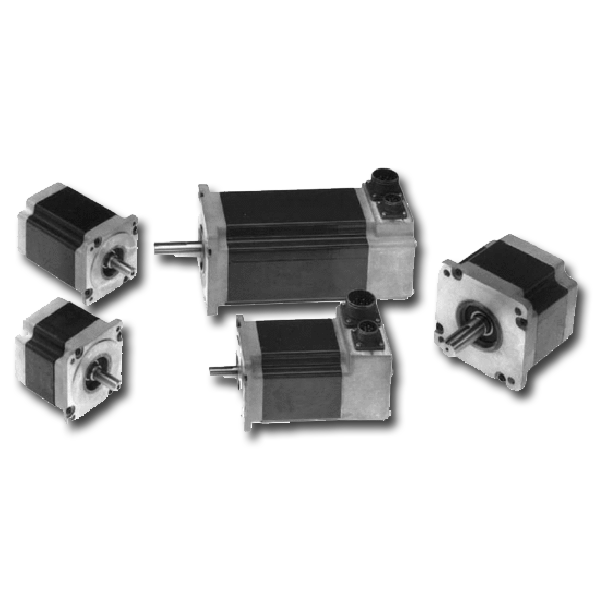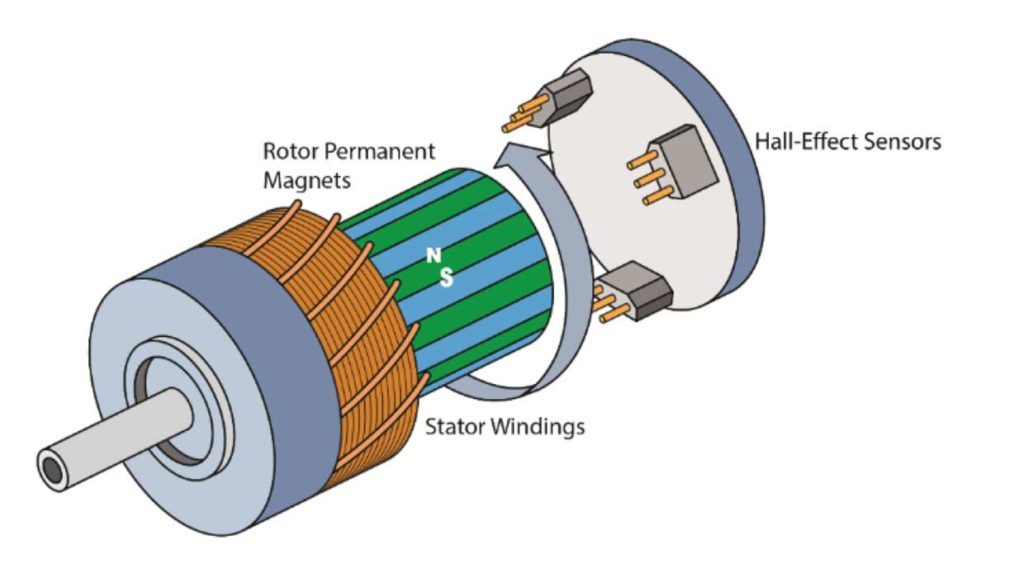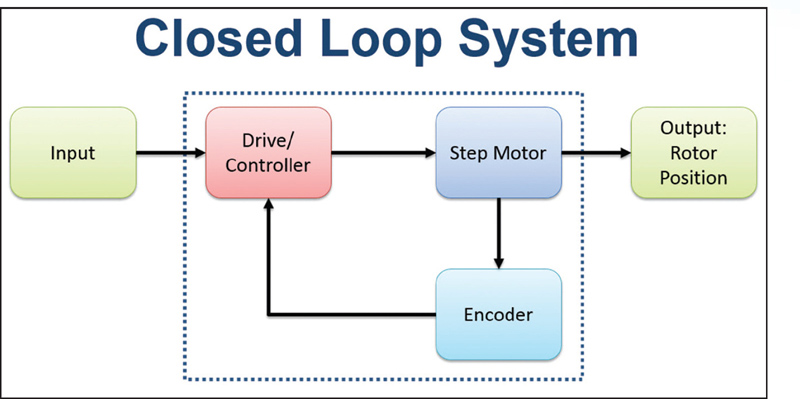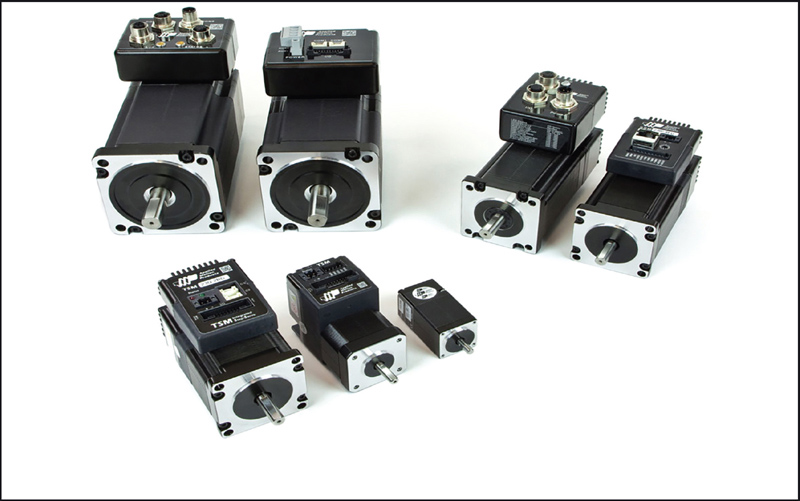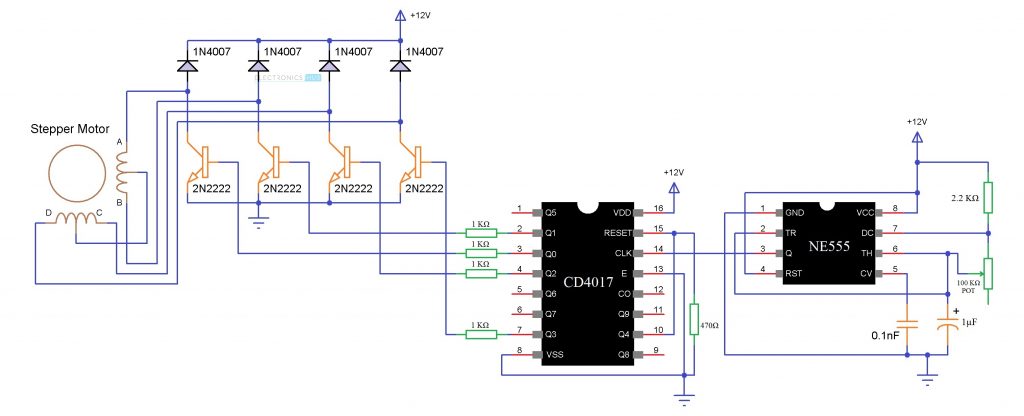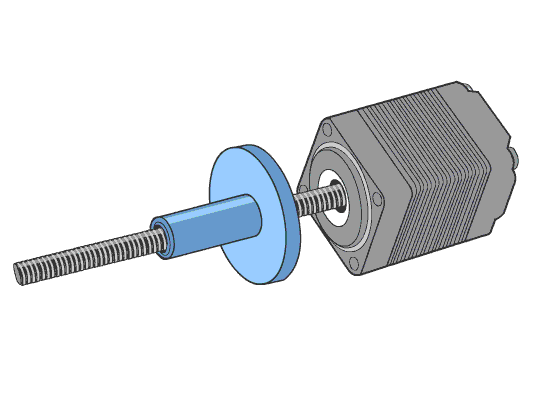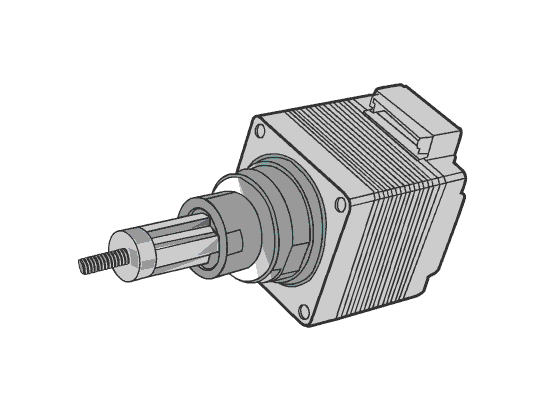Brushless-dc motors are taking center stage in medical-equipment design because they last twice as long a competing technologies.
It used to be that brushless-dc (BLDC) motors just weren’t an option for most medical applications. But that situation is changing as the cost of BLDC drive electronics falls. Furthermore, a quest for more-efficient, compact, and reliable medical equipment has put BLDC motors on the prescription list for a variety of applications.
Treating sleep apnea
The treatment of sleep apnea requires the use of Positive Airway Pressure (PAP) respirators. The patient dons a special breathing mask attached to the PAP respirator. A blower fan within the respirator pressurizes the air in the mask to create positive airway pressure that helps the patient breathe while asleep. The blower fan must raise or lower the patient’s airway pressure in response to their breathing pattern.
Power density and reliability
There’s no question that recent events have put a strain on the world’s medical analysis and testing services. Reason’s include the continuing development and improvement of medical technologies in the areas of disease detection, prevention, and treatment. Moreover, there’s been a double-digit increase in the number of people needing medical care over the last decade. The growing worldwide demand for medical analysis and testing services has created a niche for equipment with greater throughput and high reliability.
Medical analyzers
Medical analyzers are multifunction machines that test human bodily fluids such as blood and urine. Fluid samples within the analyzers move from station to station for various tests. Generally, medical analyzers are totally enclosed. The temperature within them will rise to well above ambient temperature during periods of peak operation. Medical analyzers are designed to test thousands of samples annually and to run a minimum of 8 hr daily.
All in all, a need for high throughput and reliability in medical machines will continue to challenge the capabilities of brushed-dc motors. In addition, the trend toward squeezing more equipment functions into less volume promotes the use of smaller motors able to dissipate heat in small spaces. BLDC motors can meet these demands now and should continue to do so into the future.
https://stepper01.exblog.jp/239753527/
http://www.bloghotel.org/ccSTEPPER/527722/
